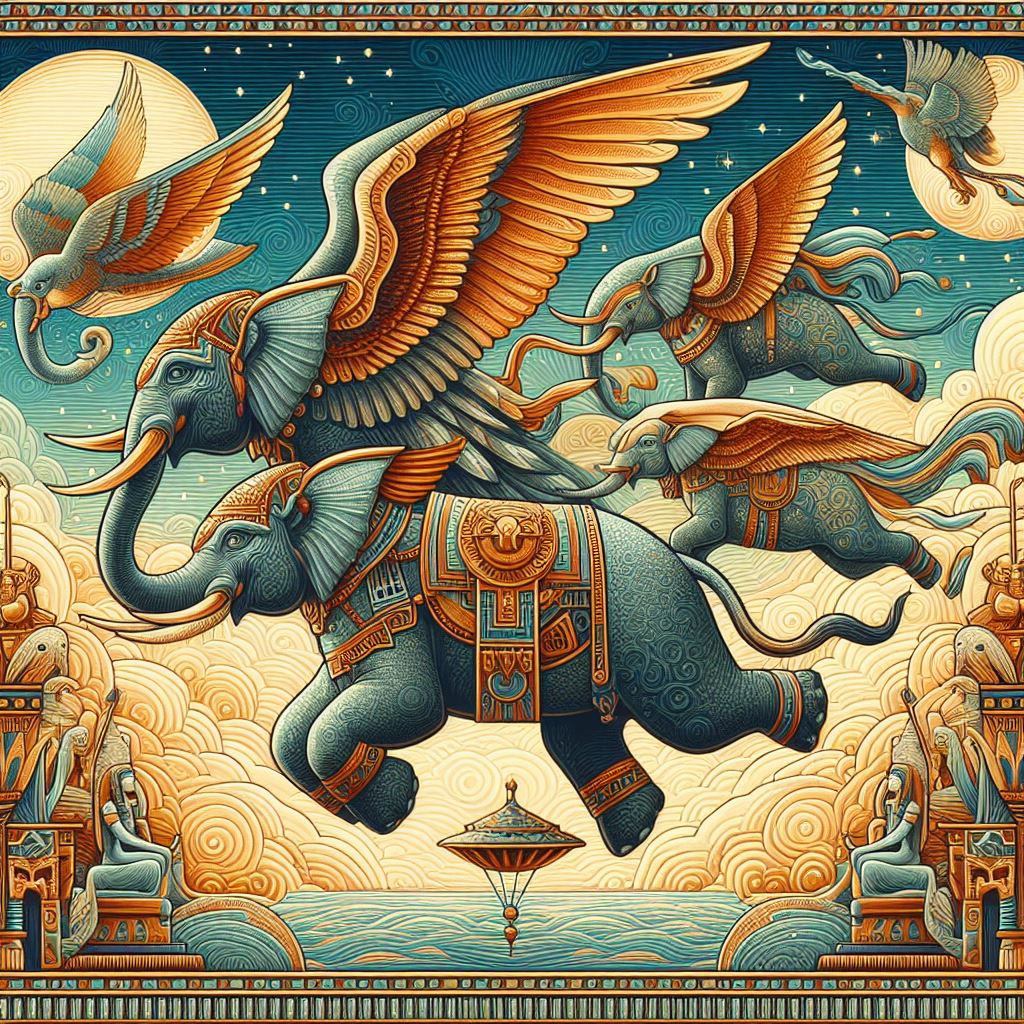Giorgio de Chirico’s art – PSYCHOANALYSIS and DREAM SPACE
Giorgio de Chirico’s art is a profound narrative that leverages the uncanny and the architectural to craft scenes that exist beyond the typical bounds of reality, embodying the core of the Metaphysical art movement. His works, characterized by their dreamlike aura and enigmatic quality, not only influenced generations of artists but also invite deep psychoanalytical interpretations that align closely with contemporary studies in dream psychology and the philosophy of mind.
Analysis of Key Works
The Melancholy and Mystery of a Street (1914)
This painting is a quintessential example of de Chirico’s style, where the sharp contrast between the vivid, stark sunlight and the elongated shadows creates a jarring visual. The depiction of the empty arcades and the small, distant figure of a child evokes a sense of vulnerability and existential dread. The spatial arrangement in the painting can be seen as a representation of the Jungian archetype of the ‘shadow’ – the unacknowledged part of the self, projecting isolation and the subconscious fears of the viewer.
The Enigma of an Autumn Afternoon (1910)
As one of the pioneers of the Metaphysical art movement, this work uses the deserted piazza to symbolize the vastness of the unconscious mind. The faceless figures suggest the depersonalization one might experience in dreams, serving as placeholders for any and every identity. This anonymity can be interpreted through Freud’s theory of the ‘uncanny,’ which posits that familiar objects can become profoundly disorienting and strange under certain conditions.
The Soothsayer’s Recompense (1913)
This composition is a complex amalgamation of symbols—each potentially a fragment of the unconscious. The classical bust and the factory smokestacks might represent the collision of the ancient with the modern, reflecting the anxieties of the 20th century. Freud might suggest that the disjointed nature of these elements reflects repressed conflicts or unresolved psychic tensions within the dreamer, which manifest symbolically in dreams.
Key Characteristics and Their Psychological Implications




